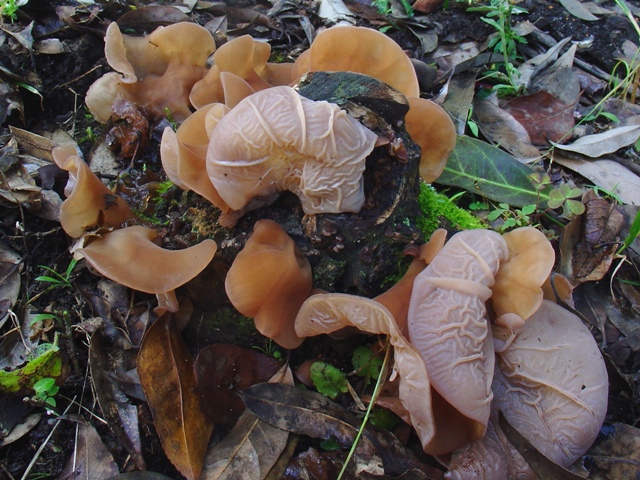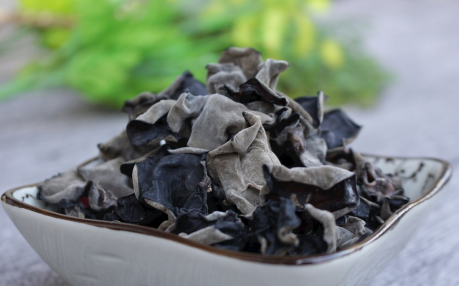

The peak mushroom harvests for the various substrates were obtained between the first and seventh fruiting body flushes. ) heavier fruiting bodies (42.18) than the maize residues. For the tested alternatives to sawdust, the harvested weight of fruiting bodies that sprouted on a kilogram maize husk media per crop (32.99 g) was the highest. In the search for alternatives to sawdust as growing media in commercial mushroom cultivation, three organic substrates obtainable as crop residue, maize husk, maize cob, and maize stalk, with each being supplemented with rice bran, were evaluated as growth media for the oyster mushroom, Results from spawn production showed that supplemented millet and sorghum grains can be successfully colonized by mycelia to produce high quality spawn. However, external features of mycelia colonies varied when cultured in malt extract agar. Microscopic analysis of internal basidiocarp structures did not reveal significant differences. Variations occurred in external basidiocarp features such as color, texture, shape and presence of veined surfaces. The spawning experiment was arranged in completely randomized design with three replicates.

Mycelia were raised on 2% malt extract agar and bottle culture technology was used for spawn production. Nine basidiocarps were selected from collections made in three forest reserves within Kakamega Forest in Western Kenya and morphologically characterized.

This study investigated morphological characters and spawn production procedures of three Kenyan native strains of wood ear mushroom. Utilization of mushrooms collected from the wild requires adequate description of useful phenetic features and domestication protocols.


 0 kommentar(er)
0 kommentar(er)
